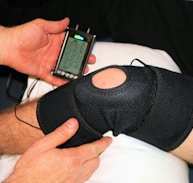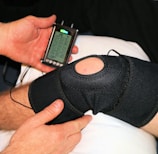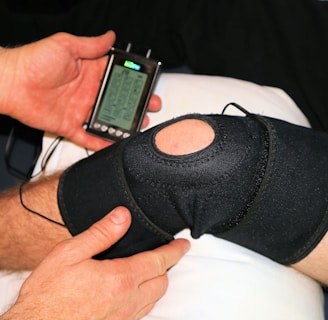Understanding Arthritis
Arthritis is an umbrella term for a group of more than 100 different joint-related conditions. The two most prevalent types are osteoarthritis and rheumatoid arthritis:
Osteoarthritis: Often referred to as "wear and tear" arthritis, osteoarthritis occurs when the protective cartilage that cushions the ends of your bones wears down over time. It most commonly affects weight-bearing joints like the knees, hips, and spine.
Rheumatoid Arthritis: This is an autoimmune disorder where the body's immune system mistakenly attacks the synovium, the lining of the membranes that surround the joints. Rheumatoid arthritis typically affects multiple joints, often in a symmetrical pattern.
Arthritis Symptoms
Arthritis can manifest in various ways, but some common symptoms include:
Joint pain and stiffness, often worse in the morning or after periods of inactivity.
Swelling and tenderness around affected joints.
Decreased range of motion and joint deformities.
Fatigue and general malaise, especially in rheumatoid arthritis.
The Role of Physical Therapy in Arthritis Management
Physical therapy is a non-invasive and highly effective approach to managing arthritis. Here's how it can help:
Pain Relief: Physical therapists use a combination of manual therapy, exercises, and modalities to alleviate pain and reduce inflammation. These techniques promote better joint function and overall comfort.
Improved Mobility: Through tailored exercise routines, physical therapy can help improve joint flexibility and range of motion. This is crucial for maintaining independence in daily activities.
Strengthening Muscles: Strong muscles provide better support to the joints, reducing the stress and strain placed on them. Physical therapists design strength-building exercises to target specific muscle groups.
Joint Protection Techniques: Therapists teach patients how to move safely to minimize joint strain, especially in weight-bearing joints.
Patient Education: Understanding your condition is empowering. Physical therapists educate patients about arthritis, its progression, and strategies for managing symptoms effectively.
What to Expect During Physical Therapy for Arthritis
If you're considering physical therapy for arthritis, here's what you can anticipate:
Assessment: Your physical therapist will assess your medical history, current symptoms, and functional limitations.
Treatment Plan: A personalized plan will be created, comprising exercises, manual therapy, modalities like heat or cold therapy, and pain management strategies.
Regular Sessions: You'll attend regular therapy sessions to work on your treatment plan, with progress continually monitored and adjusted.
Home Exercises: Your therapist will provide exercises and strategies for self-care at home, helping you take an active role in your recovery.
Long-term Management: Arthritis is a chronic condition, and physical therapy can be a long-term strategy for managing its effects and preventing further deterioration.
Embracing a Pain-Free Future
Arthritis doesn't have to control your life. Physical therapy offers a path to pain relief, improved mobility, and a brighter future. Don't let arthritis hold you back from enjoying the activities you love. Reach out to schedule an appointment with us at one of our New York City locations in Staten Island, Brooklyn, and Manhattan to see what is the best route on your road to recovery today and take the first step toward a pain-free life. Your journey to better joint health begins here.

































